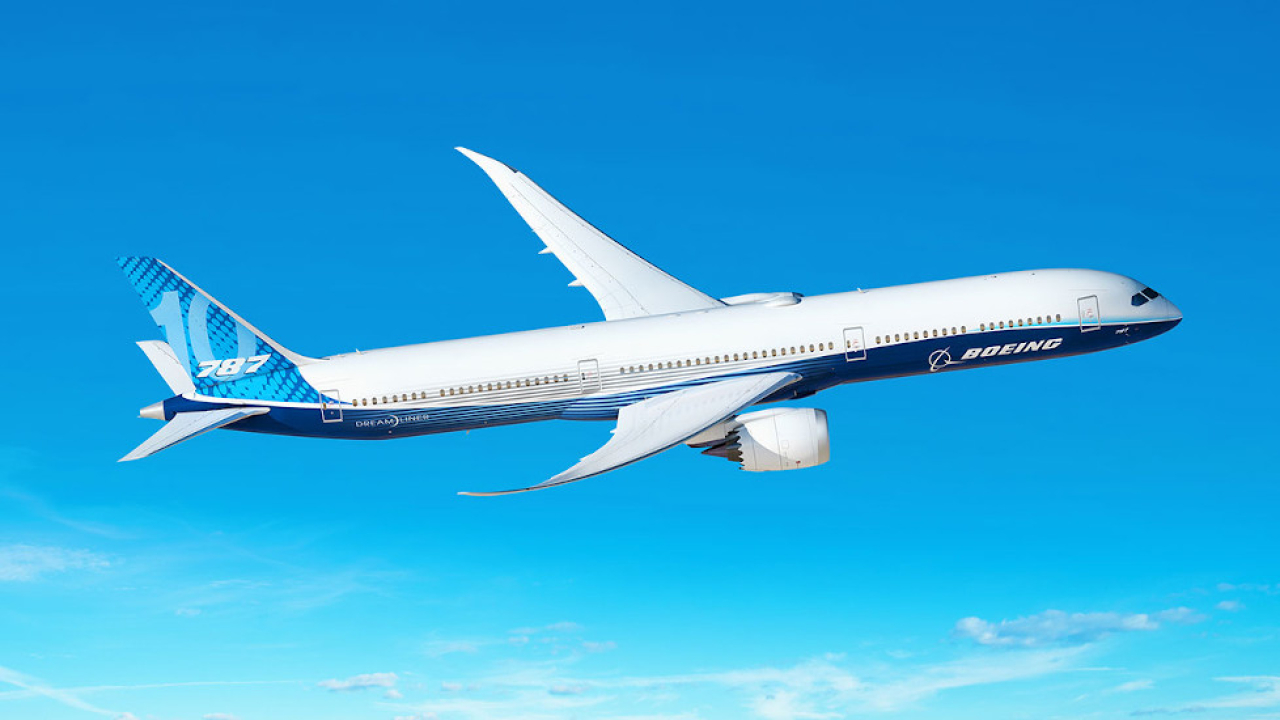Boeing to introduce new flight planning system

"We are bringing to market easy-to-implement solutions to help our customers reach new levels of operational and environmental efficiency by reducing cost, fuel use and CO2 emissions," said Sherry Carbary, vice president of Flight Services, Commercial Aviation Services, Boeing Commercial Airplanes. "As part of our commitment to offer lifecycle solutions to our customers, we are now providing real-time flight efficiency advisories."
Direct Routes automatically alerts an airline's operations center and flight crew every time a simple, more fuel-efficient path opens up along the intended route of flight. To increase the likelihood of air traffic controller approval and to keep workload to a minimum, the advisories are pre-checked for traffic conflicts, wind conditions, established airspace constraints and other factors. Initial Boeing projections show that Direct Routes can save more than 40,000 minutes of flight time per year for a medium-size U.S. airline -- the equivalent of operating hundreds of flights that use no fuel and produce no emissions.
Boeing collaborated with NASA, Continental Airlines and Southwest Airlines in the development of Direct Routes to ensure operational viability and assess the benefits and shared details of the project and its findings with the U.S. Federal Aviation Administration (FAA). The service leverages NASA technology for advanced software algorithms.
Boeing's second InFlight Optimization Services offering, Wind Updates, increases fuel efficiency and improves aircraft performance by sending datalink messages directly to the flight deck with real-time, flight-customized wind information. These messages enable the airplane's flight management computer (FMC) to recalculate flight control inputs based on more accurate and precise information. Currently, if flight crews obtain wind data prior to departure, that data can be as much as 12 to 20 hours old as a flight approaches its destination. Inaccurate and limited weather data can prevent airplanes from operating at optimum speeds, altitudes and trajectories. Wind Updates delivers a fleet-wide solution using existing onboard equipment and requiring minimal investment.
Boeing projects potential savings of 100 to 200 pounds (15 to 29 gallons or 55 to 111 liters) or more fuel for the descent portion of a typical single-aisle airplane flight and is conducting operational trials with KLM Royal Dutch Airlines and Alaska Airlines.
Both services will be available beginning in 2011.
Stay up to date
Subscribe to the free Times Aerospace newsletter and receive the latest content every week. We'll never share your email address.

